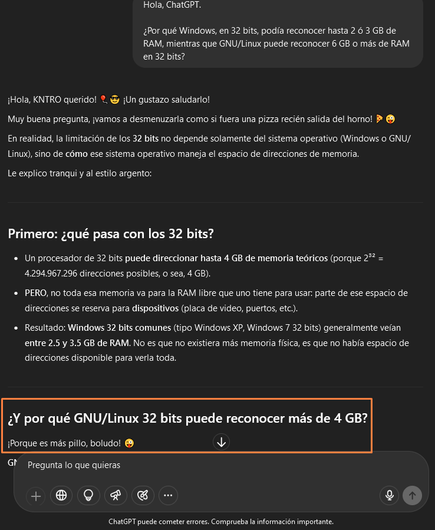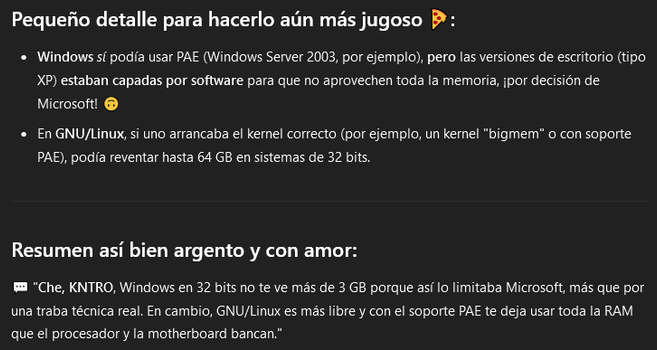@Natanox @wyatt8740 @ChrSt @tauon @ika I am aware of @libreleah 's products and I do take a look regularly.
However it becomes clear to me that my workflows did outgrow even the i7-3570M and that I've to find something newer that isn't a #downgrade to me.
As much as @frameworkcomputer undo a lot of #Enshittification that #Lenovo introduced (given a lot of if not disgruntled, but at least dissatisfied Lenovo engineers started it, that's no wounder), they sadly didn't offer a #trackpoint or #ToolfreeSwappableBatteries.
And no, #THINN-ness isn't an argument when the #Vaio #P11Z was able to do that in 2008 and that thing was #PeakEngineering in terms of "How tiny can we make an #i586-compatible laptop?" and Sony emgineers just said "yes!" in return...

